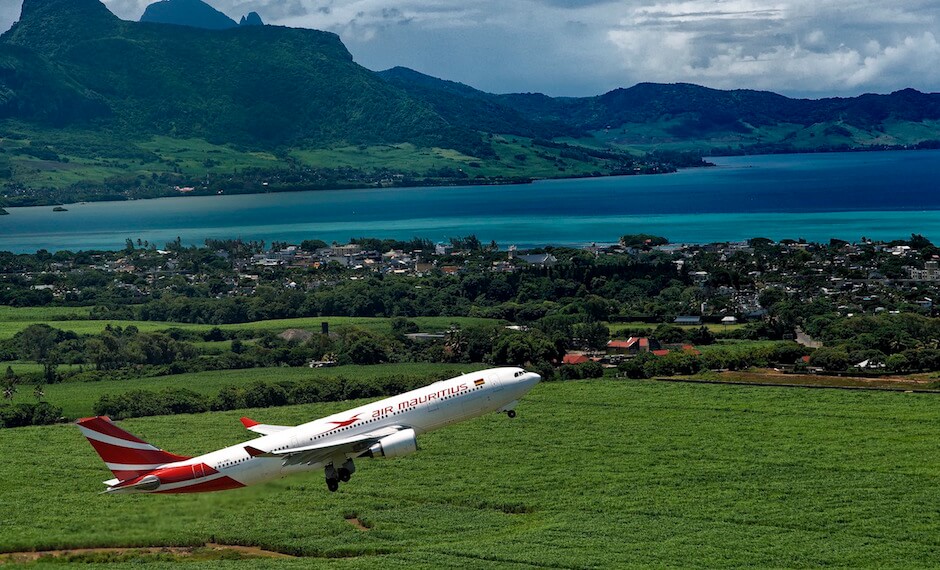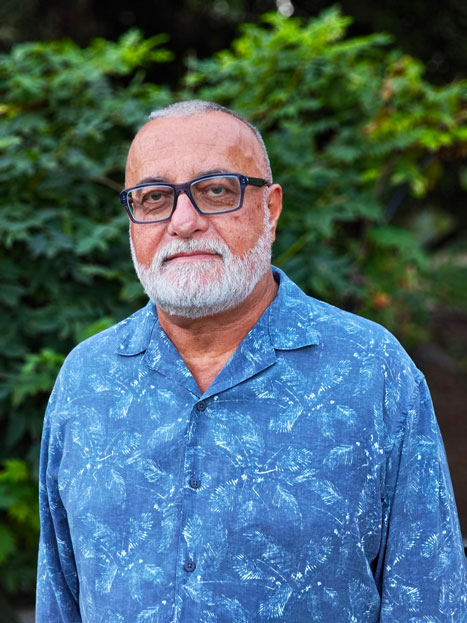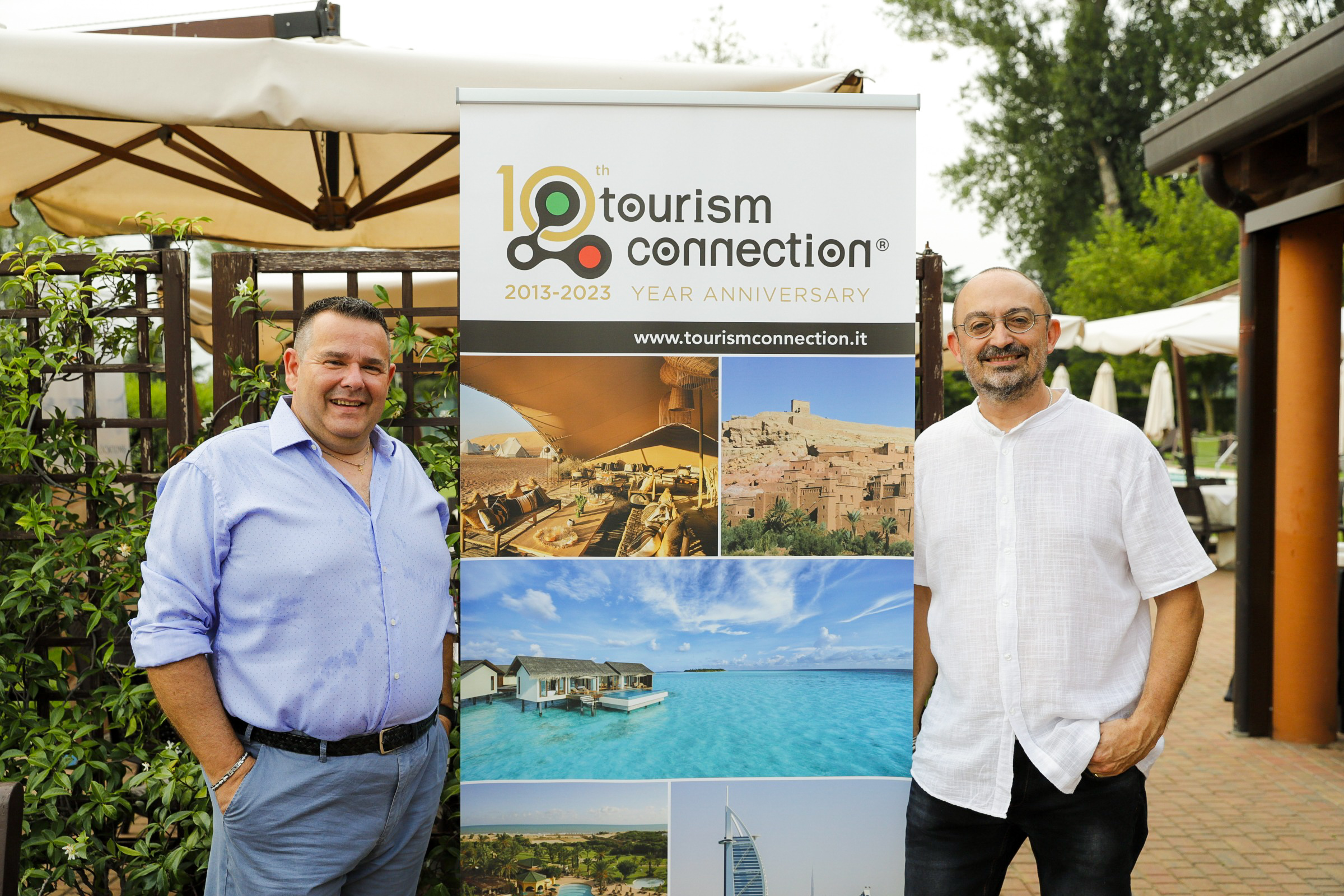[:it]Il lago Sevan, è il più grande lago dell’Armenia (e del Caucaso) ed uno dei più grandi laghi d’alta quota al mondo. E’ situato a 1900 metri di altitudine, copre una superficie di 940 kmq, è lungo 80 km ed è largo 30 km nel punto più ampio. Riceve l’acqua da 28 corsi d’acqua ed ha come unico emissario il fiume Hrazdan; ma solo il 10% dell’acqua che abbandona il lago esce dal fiume. Il rimanente 90% è soggetto a evaporazione.
Fu teatro di molti scontri tra cristiani armeni e arabi provenienti dalla Turchia. Importante per la storia armena fu la battaglia dell’859 in cui Re Ashot riuscì a respingere l’invasione araba.
E’ il più importante serbatoio di acqua dolce per l’Armenia, quindi soprattutto nel corso dell’ultimo secolo sono state fatte opere per cercare di sfruttarne al massimo le risorse e per produrre energia elettrica. Alcuni sciagurati tentativi e progetti procurarono però negli anni ’50 un disastro ecologico che portò ad abbassare il livello del lago di quasi 20 metri e la centrale venne poi bloccata. Successivi interventi stabilizzarono la situazione e ora si fanno confluire nel lago anche acque di altri fiumi.
Sono state introdotte dall’uomo anche alcune specie di pesci che sono andata a minacciare quelle endemiche come la trota di Sevan.
Sulle rive del lago sorgono alcuni monasteri che risalgono al medioevo. I più famosi sono Sevanavank, sulle sponde occidentali Hayrivank e verso sud Noraduz con il suo cimitero di khachkar, le tipiche croci armene di pietra.
Oggi Sevan è meta turistica, infatti l’Armenia non ha sbocchi sul mare e in estate la temperatura dell’acqua (18°-22°) consente la balneazione. Dista solo 70 km dalla capitale Yerevan, quindi comoda località di escursione in giornata.[:en]Lake Sevan is the largest lake in Armenia (and the Caucasus) and one of the largest high altitude lakes in the world. It is located at 1900 meters above sea level, covers an area of940 sq km, is 80 km long and 30 km wide at its widest point. It receives water from 28 rivers and the only river emissary Hrazdan has come; but only 10% of the water that leaves the lake leaves the river. The remaining 90% is subject to evaporation.
It was the scene of many clashes between Armenian and Arab Christians from Turkey. Important for Armenian history was the battle of 859 in which King Ashot managed to repel the Arab invasion.
It is the most important fresh water reservoir for Armenia, therefore especially during the last century works have been made to try to make the most of resources and to produce electricity. Some unfortunate attempts and projects, however, led to an ecological disaster in the 1950s which led to the lake being lowered by almost 20 meters and the power plant was then blocked. Subsequent interventions stabilized in the situation and now waters from other rivers are also flowing into the lake.
I have also been introduced by man to some species of fish that have gone to threaten endemic ones such as the trout of Sevan.
On the banks of the lake there are some monasteries that date back to the Middle Ages. The most famous are Sevanavank, on the western shores of Hayrivank and to the south Noraduz with its Khachkar cemetery, the typical Armenian stone crosses.
Today Sevan is a tourist destination, in fact Armenia has no outlets on the sea and in summer the water temperature (18 ° -22 °) provided bathing. It is only 70 km from the capital Yerevan, therefore a convenient day excursion location.[:]





